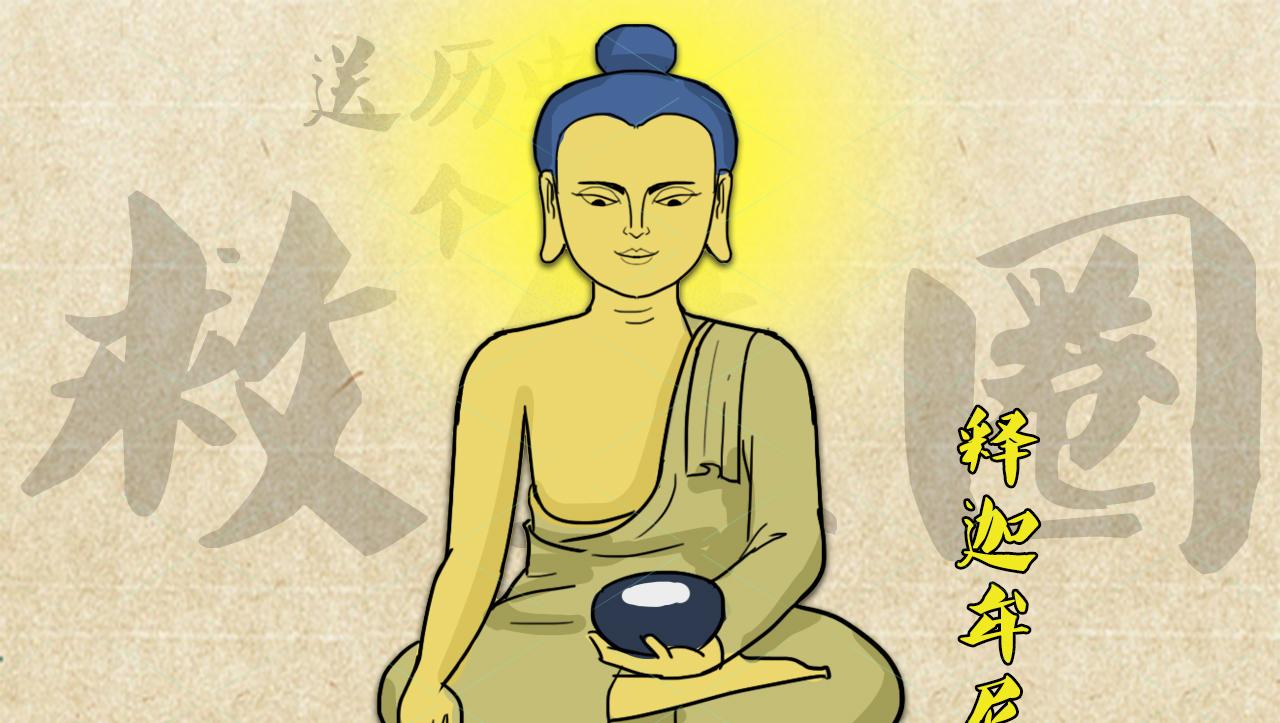Buddhism was born more than 2,500 years ago and was created by Gautama Siddhartha, the son of King Kapilavan in ancient India. In the thousand years that Buddhism has been circulating, countless myths and legends have arisen, the most famous of which is the legend of the relic.
So what is a relic? Shari is a transliteration of the Sanskrit word śarīra, which is a general term for the body of an Indian person after death. In Buddhism, the hair, bones, ashes, etc. left behind by a monk after death are called relics. After cremation, the resulting crystals are called saris or sturdy seeds. According to the principle of dependent voidness, Buddhism believes that the relics are only material elements and have no spiritual components, and buddhists respect the relics of the Buddha and the relics of the disciples of the Buddha, mainly due to the merits, compassion and wisdom of the great monks and masters during their lifetime.

The Buddhist scriptures say that the relics are cultivated through merits such as the "Six Paramitas" and the "Precepts of Wisdom." Therefore, for Buddhists, the relics are extremely precious, especially those relics left behind by the legendary monks after sitting down, which are even more national treasures. In many countries in Asia, there are relics of high monks, and as the ancestor of Buddhism, Shakyamuni, his relics are priceless treasures and are regarded as national treasures in India. But what happened when Shakyamuni's relics appeared in China?
Here's how it goes: It is said that about 2,500 years ago, when Shakyamuni attained Nirvana, his disciples obtained from the ashes a skull, two phalanges, four teeth, a middle finger bone relic, and 84,000 bead-shaped relics from the ashes. These relics of the Buddha are regarded as holy relics by the faithful and are worshipped. Later, in order to promote the Dharma, Buddhists redistributed Shakyamuni's relics and spread them all over the world. The most important of these, the cephalange relics, disappeared more than 1,400 years ago with the flow of Buddhists.
However, in the middle and late period of the last century, many precious Shakyamuni relics have been excavated in China. More than 50 years ago, an archaeological team in Zhenjiang restored the iron pagoda at Ganlu Temple, and discovered the underground palace when excavating the base of the pagoda. More than 700 Buddha relics have been excavated in the stone letters in the underground palace, the most precious of which is the 11 Shakyamuni Buddha relics that were later confirmed by scholars. Around 2000, in order to cooperate with the reconstruction of Leifeng Pagoda, the Zhejiang Provincial Institute of Cultural Relics and Archaeology re-excavated the ruins of Leifeng Pagoda and the Underground Palace, and excavated two sterling silver Ashoka Pagodas located in the Heavenly Palace and the Underground Palace. The gold vessel in Ashoka's pagoda in the underground palace enshrines the relic of the "Buddha's Spiral Hair", which is the legendary relic of Shakyamuni's skull.
Why did the Relics of the Buddha, which are regarded as treasures in India, appear in China? It turned out that with the circulation of Buddhists at that time, a part of the relics were introduced to China during the Three Kingdoms period, when Sun Quan attached great importance to the introduction of the relics and built a pagoda to enshrine the relics, which have been preserved in the temples in Jiangnan since then. In the Five Dynasties and Ten Kingdoms period, Qian Li, the lord of the Southern Wu Kingdom who believed in Buddhism, put the relics of the "Buddha's Spiral Hair" into the Ashoka Pagoda for worship. With the excavation of the underground palace, Shakyamuni's relics reappeared.
Today, these relics are once again enshrined, mainly in the Buddha's Palace on Niushou Mountain in Nanjing. These relics attract Buddhists from all over the world, each of whom reverently goes to worship. It can be seen that the legend of the relics still exists today.